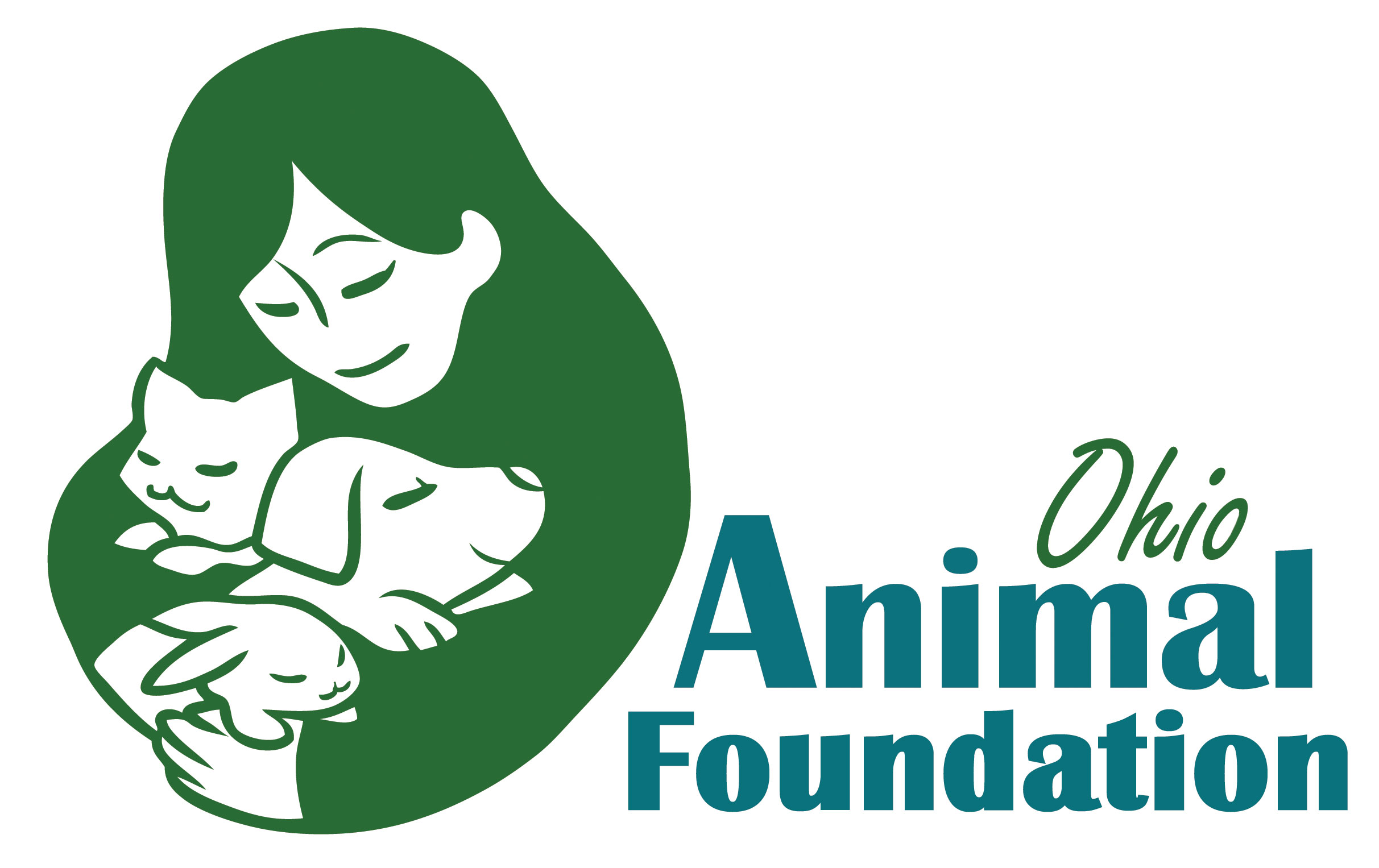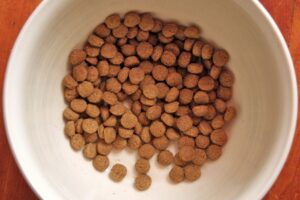Keeping furry friends happy and healthy starts with the basics: clean food and water bowls. This is one of the least discussed aspects of pet ownership, but one of the most important. Small though the chore may seem, cleaning food and water bowls is one of the easiest ways to prevent bacterial growth, odors, and illnesses. In this guide, we’ll walk through why bowl hygiene matters, how often to clean, and a simple step-by-step routine that fits into your weekly schedule.
Why Bowl Hygiene Matters
No matter what type of animal you care for, leftover food and stagnant water quickly become breeding grounds for bacteria and mold. A slimy water bowl can harbor E. coli, while dried food residue attracts pests and yeasts that irritate your pet’s digestive system.
Beyond health, a clean bowl looks and smells better in your home. Dogs, cats, and other animals have far greater scent capabilities than the average human. Your pet is more likely to eat and drink regularly if their dishes are fresh, and you’ll spend less time tackling tough stains or scrubbing crumb-packed corners the more regularly you clean them.
How Often Should You Clean?
Daily maintenance and a deeper weekly scrub are the golden rules.
Daily rinse:
- Remove leftover food and water.
- Rinse under hot tap water, using your hand or a soft sponge to dislodge crumbs.
- Dry with a clean towel or let air-dry before refilling. When I first learned about this, I thought it would take forever, but it’s actually a fairly quick process and helps prevent stubborn buildup.
Weekly wash:
Use soap and hot water (or dishwasher if safe – ensure you double check your product specifications) to remove buildup.
- Fill your sink or a basin with hot water and a mild dish detergent.
- Use a dedicated pet-bowl sponge or brush.
- Scrub all surfaces, paying close attention to the rims and undersides where debris hides.
- Rinse thoroughly until no suds remain.
- Dry completely to avoid water spots or bacterial growth.
For extra sanitizing power, you can add a splash of white vinegar or a pet-safe bowl cleaner. Rinse again afterward to remove any residual smell or taste (my cats, in particular, are rather sensitive to this smell).
Monthly inspections/replacements:
Inspect bowls for scratches, cracks, or permanent staining – replace if needed.
If you have multiple pets or heavy eaters, you may want to bump up the weekly wash to twice weekly. Similarly, if your animal seems reluctant to drink, a midday rinse can keep things enticing.
Choosing the Right Materials
Not all bowls are created equal. Here’s a quick breakdown:
| Material | Pros | Cons |
| Stainless Steel | Durable, non-porous, dishwasher-safe | Can get dented if dropped |
| Ceramic | Stylish, heavy (less tipping) | Prone to chipping or cracking |
| BPA-free Plastic | Light, inexpensive | Can stain or retain odors over time |
Opt for stainless steel or glazed ceramic when possible. They resist bacteria and are easier to sanitize. If you prefer plastic, replace it more often – every 6 to 8 months.
Dishwashing vs. Handwashing
I usually wash my stainless steel bowls in the dishwasher once a week on the ‘sterilize’ setting. Many stainless steel and ceramic bowls are dishwasher-safe on the top rack. In the article Wash Your Pet’s Food and Water Bowls, Jennifer Sperry, DVM, a spokesperson for AKC Pet Insurance, says, “Glass or stainless steel dishes are preferable for pets with allergies and are also the best for pet families that prefer to use the dishwasher.” If you choose this route:
- Skip the high-heat sanitize cycle if you have plastic bowls, as they can warp (rest in wonky pieces, my grey plastic bowls).
- Place bowls upside-down.
- Run a regular cycle with your usual dishwasher detergent.
Handwashing remains the safest method for delicate or vintage pieces (might I recommend a scrubbing brush for the food buildup that just. Won’t. Come. Off.).
Tackling Tough Stains and Odors
As with most things used over time, mineral deposits or stubborn grease can cling to bowls. Generally, the old baking soda trick can help here:
- Make a paste of baking soda and water.
- Apply to stained areas and let sit for 10 – 15 minutes.
- Scrub with a brush, then rinse thoroughly.
- For lingering odors, use that white vinegar trick mentioned before!
Special Considerations
Birds, reptiles, small mammals, and horses may have unique needs:
- Birds: Use shallow, wide dishes to prevent tipping and make daily rinsing easy.
- Reptiles: Opt for metal or ceramic to withstand high-temperature soaking for parasite control.
- Small mammals: Since they nibble around the edges, replace plastic dishes frequently.
Note – Always check your vet’s recommendations if your pet has a compromised immune system or specific health concerns.
Pro Tips for Your Routine
- Keep a “bowl station” near your sink stocked with a dedicated pet sponge and cleaner.
- Rotate between two sets of bowls so one can dry while the other is in use.
- Replace bowls often – at least every year, unless it is a higher quality bowl that sterilizes well. Plastic, unfortunately, scratches and retains bacteria in the cracks over time.
Wrapping Up
A consistent cleaning routine isn’t just about fighting slimy bowls – it’s an important part of animal healthcare. With minimal effort, you’ll keep animals healthier, homes smelling fresher, and your bowls lasting longer.

 By
By